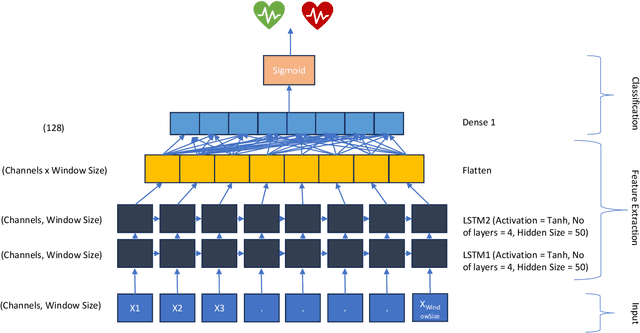Remaining Useful Life Prediction of Lithium-ion Batteries using Spatio-temporal Multimodal Attention Networks
Paper and Code
Oct 29, 2023



Lithium-ion batteries are widely used in various applications, including electric vehicles and renewable energy storage. The prediction of the remaining useful life (RUL) of batteries is crucial for ensuring reliable and efficient operation, as well as reducing maintenance costs. However, determining the life cycle of batteries in real-world scenarios is challenging, and existing methods have limitations in predicting the number of cycles iteratively. In addition, existing works often oversimplify the datasets, neglecting important features of the batteries such as temperature, internal resistance, and material type. To address these limitations, this paper proposes a two-stage remaining useful life prediction scheme for Lithium-ion batteries using a spatio-temporal multimodal attention network (ST-MAN). The proposed model is designed to iteratively predict the number of cycles required for the battery to reach the end of its useful life, based on available data. The proposed ST-MAN is to capture the complex spatio-temporal dependencies in the battery data, including the features that are often neglected in existing works. Experimental results demonstrate that the proposed ST-MAN model outperforms existing CNN and LSTM-based methods, achieving state-of-the-art performance in predicting the remaining useful life of Li-ion batteries. The proposed method has the potential to improve the reliability and efficiency of battery operations and is applicable in various industries, including automotive and renewable energy.
 Add to Chrome
Add to Chrome Add to Firefox
Add to Firefox Add to Edge
Add to Edge